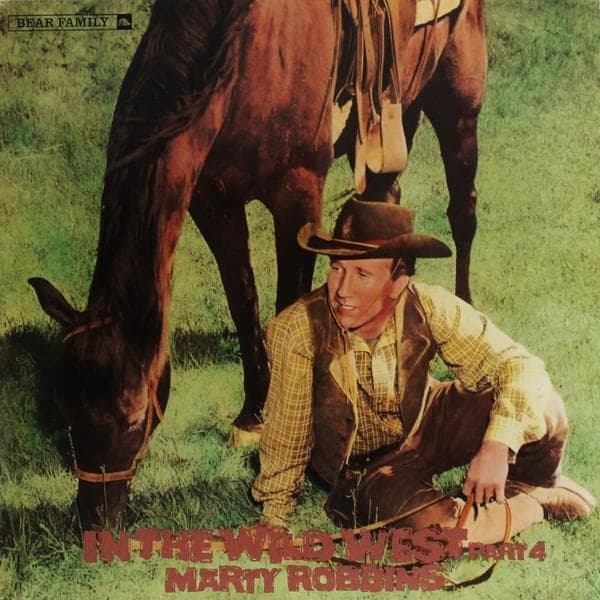
Marty Robbins -“Ballad of the Alamo”: A Solemn Echo of Courage and the Unyielding Spirit of the Frontier
For those of us who remember the era when a country song could effortlessly cross over and tell a grand, sweeping historical narrative, few recordings resonate with the same solemnity and power as Marty Robbins’ rendition of “Ballad Of The Alamo.” Released in 1960, this stirring track was a cornerstone of the burgeoning fascination with the Western ballad genre, a movement Robbins himself had largely spearheaded with his monumental 1959 album, Gunfighter Ballads and Trail Songs.
While “Ballad Of The Alamo” wasn’t technically on that first groundbreaking album, it quickly followed on its heels, a dramatic single released to coincide with the premiere of John Wayne’s epic 1960 film, The Alamo. This connection gave the song an immediate, grand cinematic scope. The song, written by Dimitri Tiomkin and Paul Francis Webster for the film, found its definitive voice in Marty Robbins. And what a powerful impact it made! It was a certified crossover hit, a feat Marty managed to pull off with a consistency few others could match, reaching a peak of #34 on the prestigious U.S. Pop Charts, while also charting respectably on the Country listings. This achievement underscores the widespread appeal of Robbins’ commanding delivery and the profound cultural importance of the story he was telling.
The story itself, the siege of the Alamo Mission in 1836 during the Texas Revolution, is one that speaks directly to the heart of American—and especially Texan—mythology. But Robbins’ version is more than a history lesson; it’s a somber, deeply moving reflection on ultimate sacrifice. His rich, clear voice, slightly more formal and dramatic than his standard country delivery, lends a gravitas that demands respect. He recounts the fateful thirteen days, the overwhelming odds faced by Jim Bowie, William Travis, Davy Crockett, and their small band of defenders against the thousands of General Santa Anna’s forces.
What truly gives the song its enduring meaning, particularly for an older generation, is its focus on choice and defiance. The line in the song where the commander is said to draw a line in the sand—inviting only those willing to die for freedom to cross it—captures the essence of the Western spirit: an unyielding commitment to a principle, even in the face of certain doom. Robbins’ masterful performance is a tribute to that rare brand of courage, where fear is acknowledged but ultimately rejected in favor of honor.
Listening to the song today, it’s impossible not to feel a chill of remembrance for that moment in history. It connects us to an age when songs were designed to be both entertainment and preservation—a musical history book passed down to keep the flames of legend alight. Marty Robbins didn’t just sing songs; he inhabited them. His recording of “Ballad Of The Alamo” is a beautifully rendered piece of Americana, reminding us of the weight of history and the emotional cost of freedom. It stands not only as a highlight of his vast catalog but as a dignified, everlasting monument to the men who chose to stay and fight until the bugles were silent and the final shots were fired. It’s a song for deep reflection, a quiet acknowledgment of the heroes who stood their ground and became a timeless rallying cry.